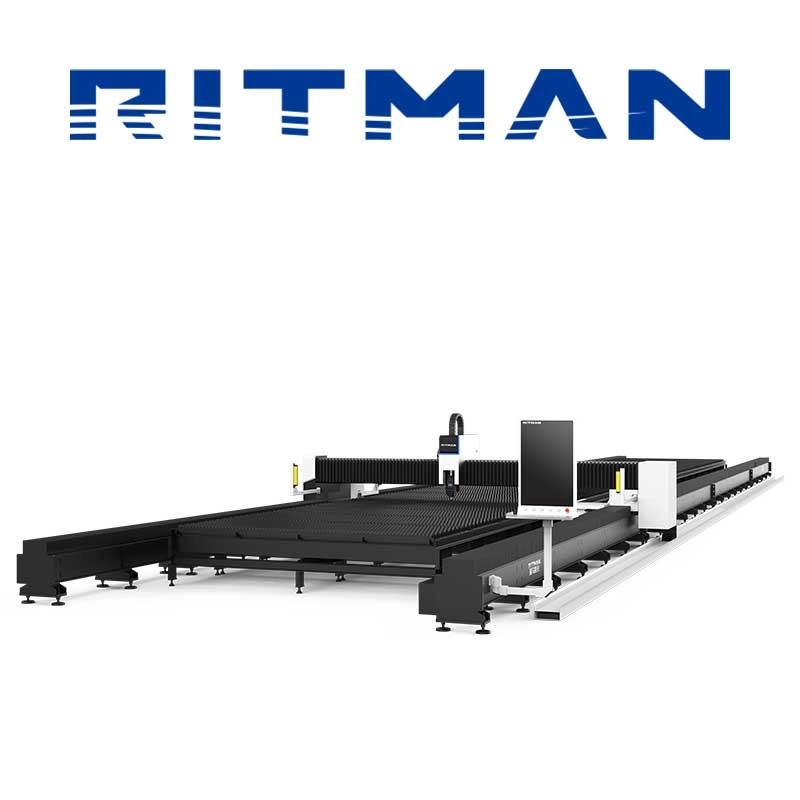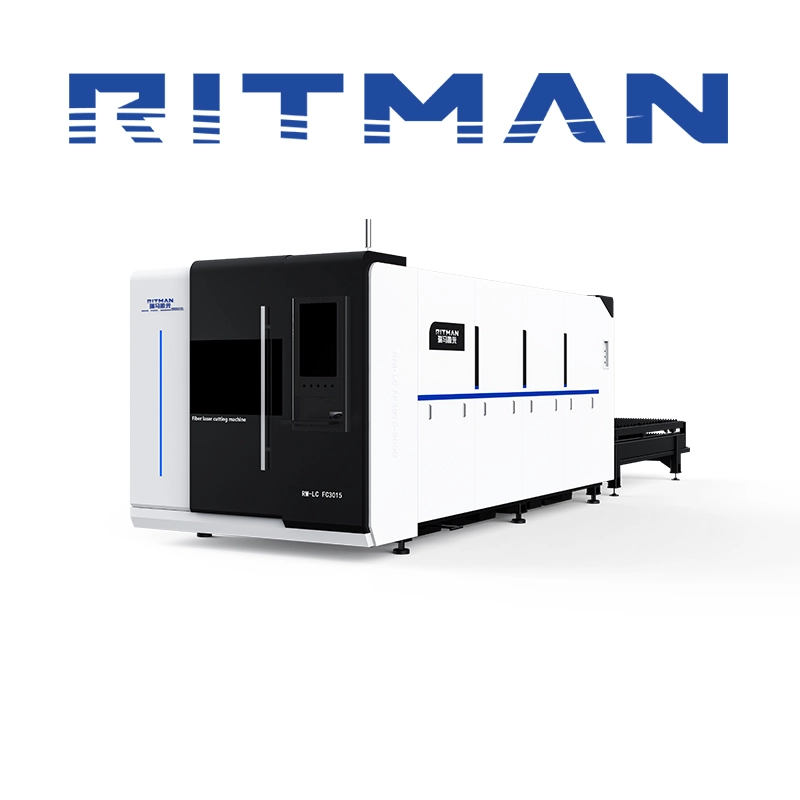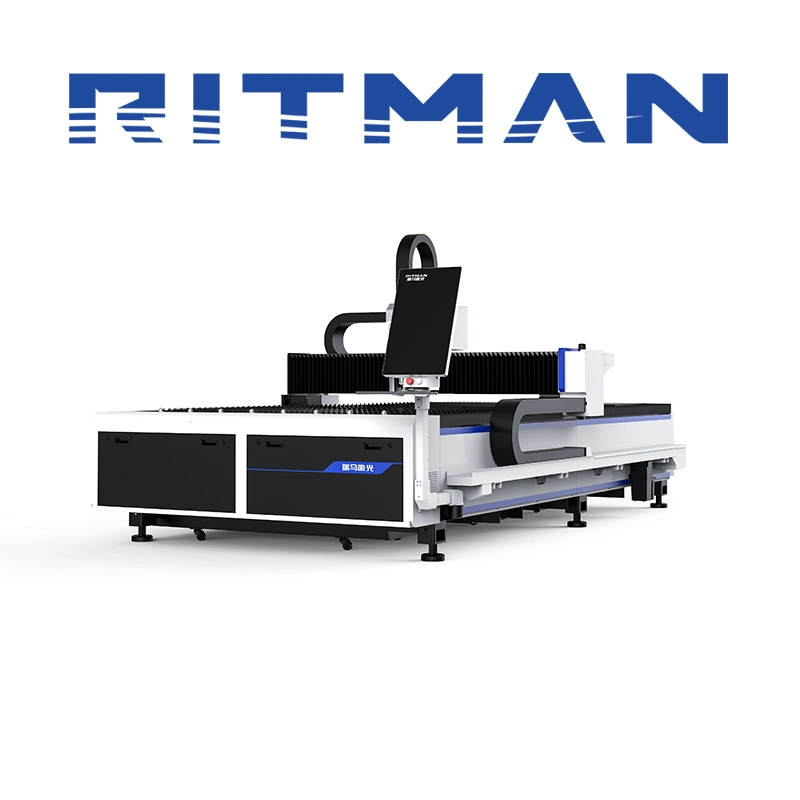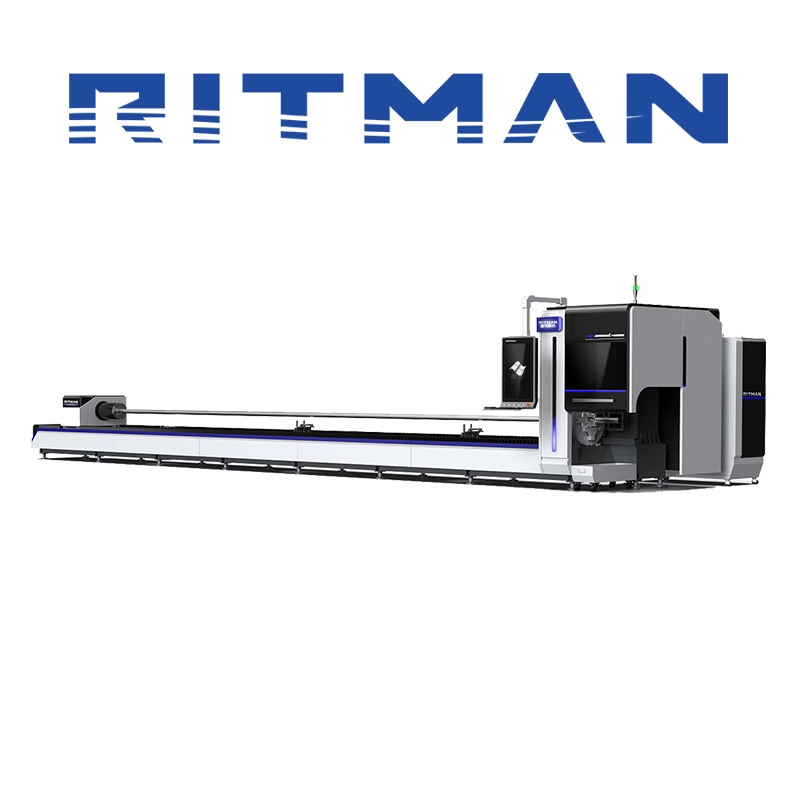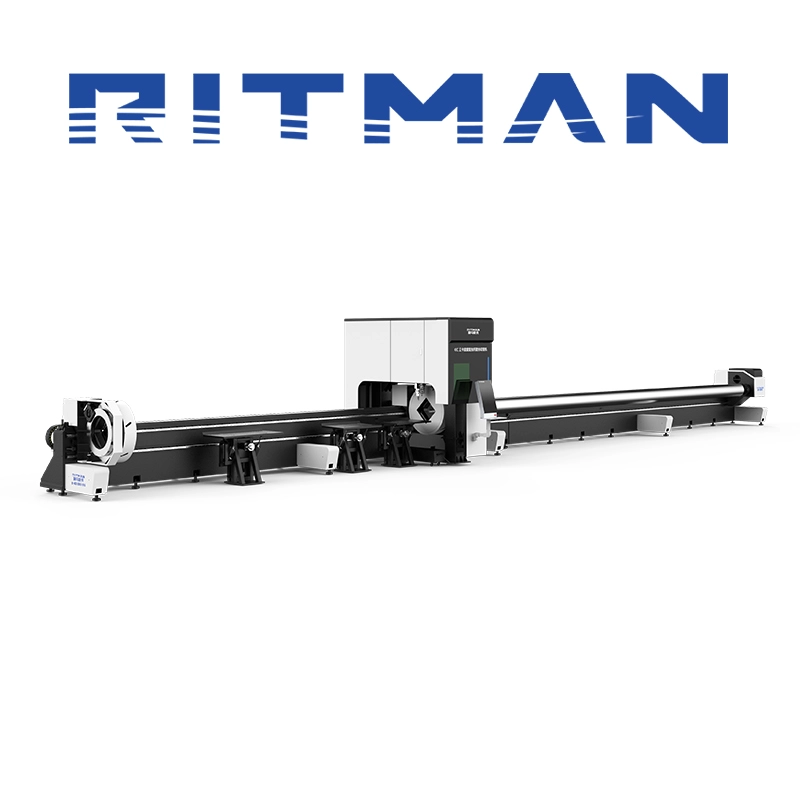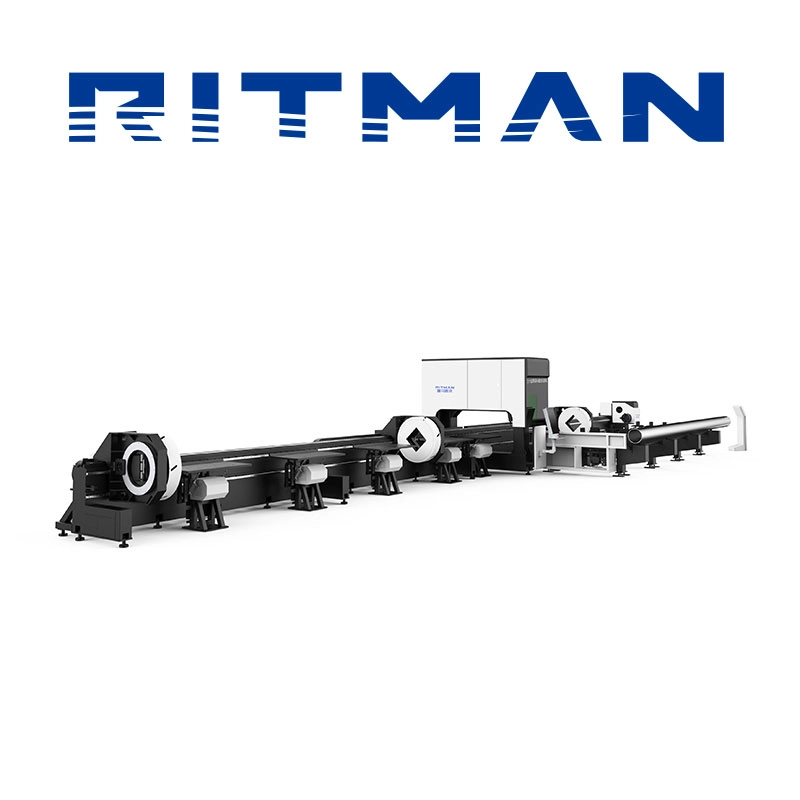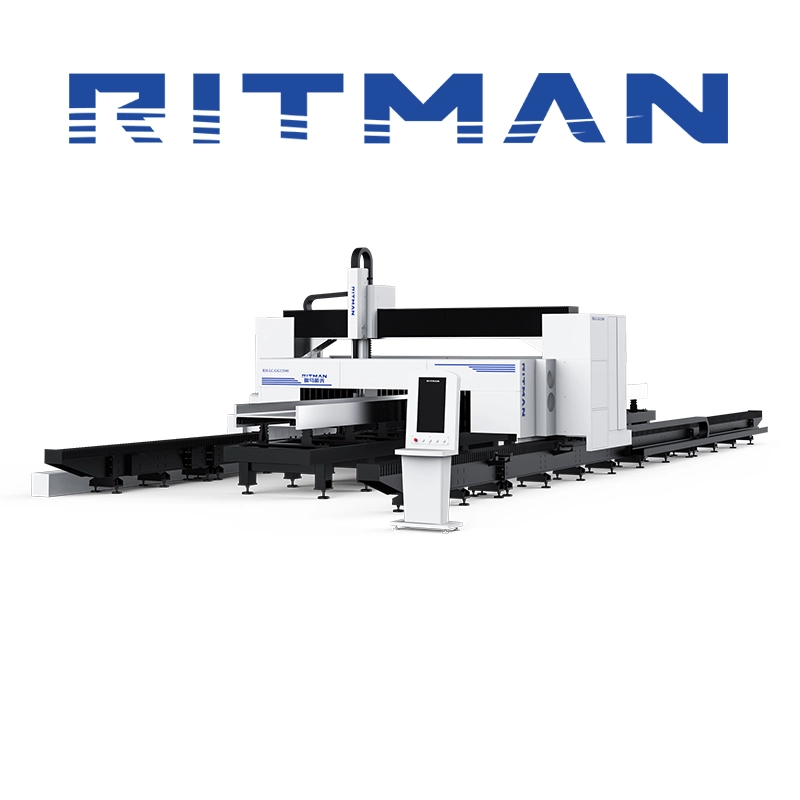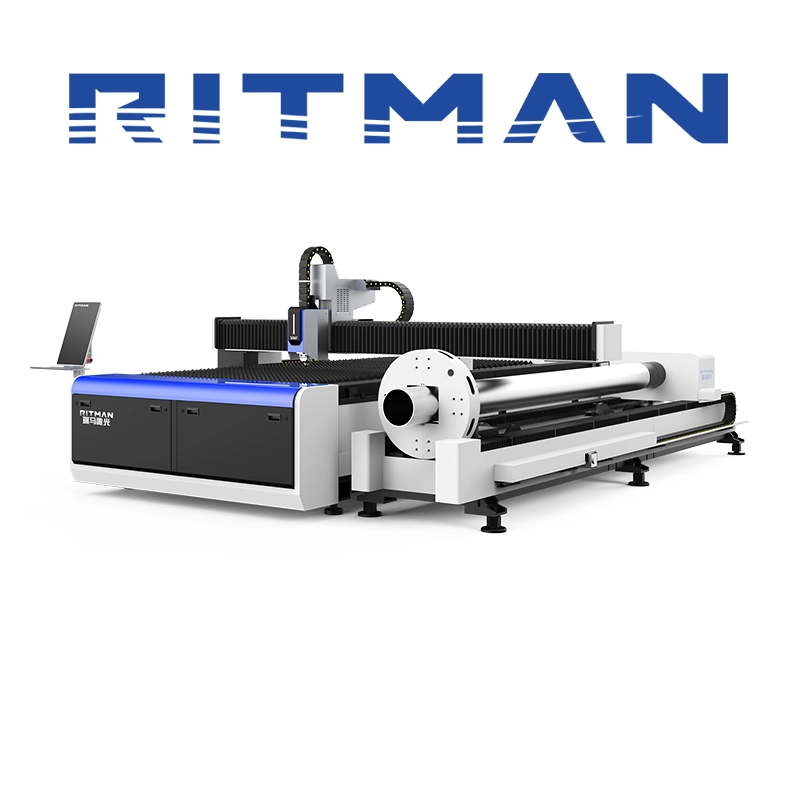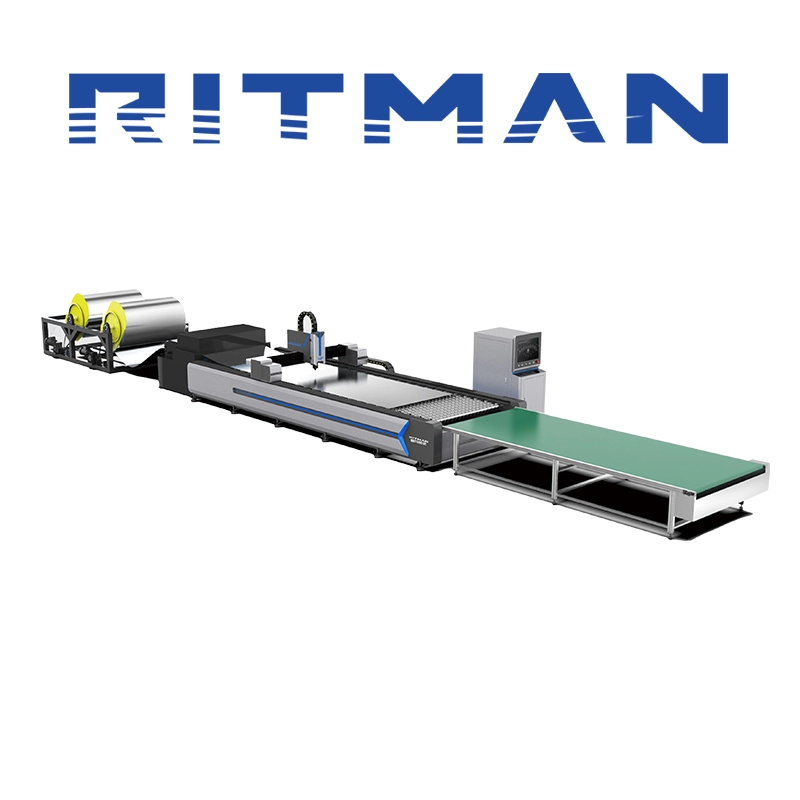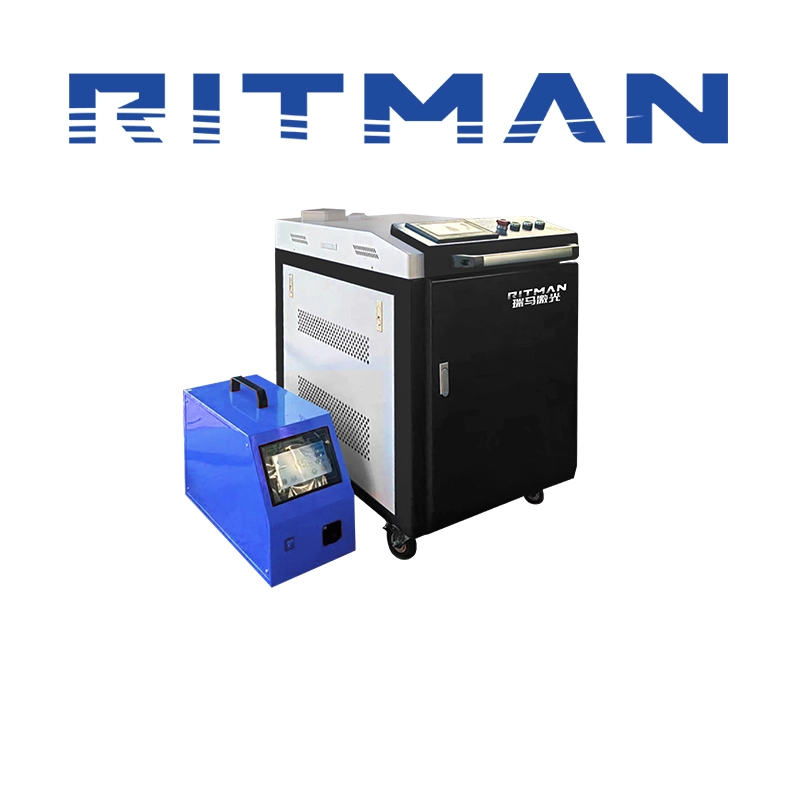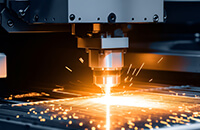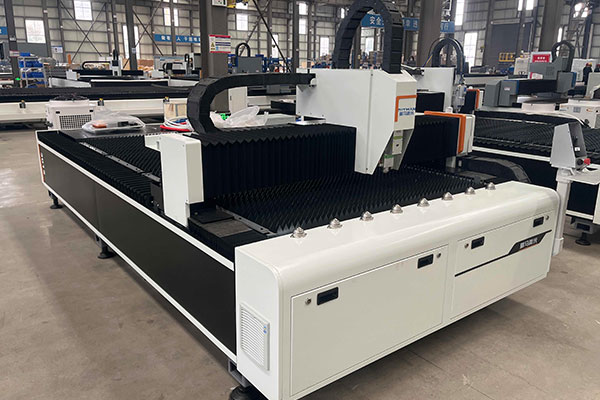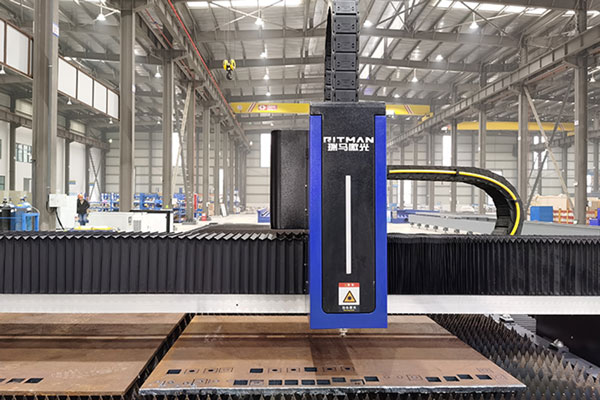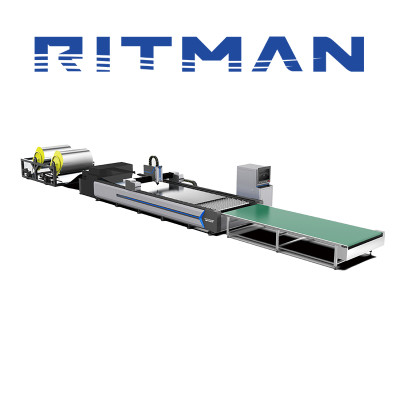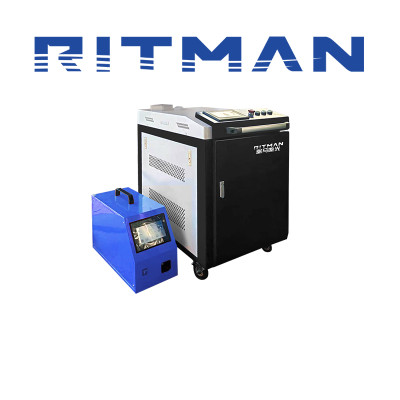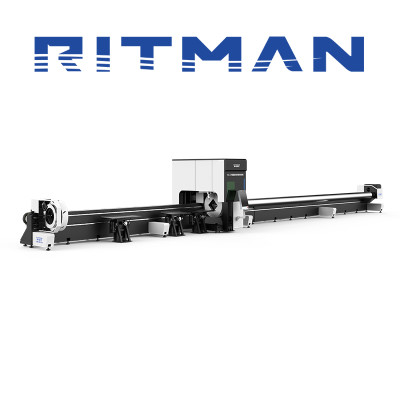How much is the limit of the cutting thickness of the laser cutting machine
In the field of metal processing, laser cutting machines are favored for their high precision and high flexibility. However, its cutting thickness is not unlimited, but is affected by many factors.
The cutting capacity of the laser cutting machine depends first on the power of the laser generator. Generally speaking, the greater the power, the greater the thickness that can be cut. For example, a common low-power laser cutting machine may only be able to cut metal sheets a few millimeters thick, while a high-power device can cut metal tens or even hundreds of millimeters thick.
The type of material is also an important factor that limits the cutting thickness. Different metal materials have different absorption and thermal conductivity of lasers. Generally, common metals such as stainless steel and carbon steel can be cut to different thicknesses under the same power of laser. For example, for the same power laser cutting machine, the thickness of cutting carbon steel may be greater than that of cutting stainless steel.
The cutting thickness of the laser cutting machine is also related to the cutting speed and the use of auxiliary gas. Slower cutting speed and appropriate auxiliary gas can increase the action time and effect of laser energy on the material, thereby helping to cut thicker materials. However, too slow cutting speed will also affect production efficiency, so it is necessary to find a balance between cutting thickness and efficiency.
In addition, the optical system and focusing ability of the equipment will also affect the cutting thickness. High-quality optical lenses and precise focusing systems can focus the laser energy more on the material and improve cutting ability.
Taking the common fiber laser cutting machine as an example, under normal circumstances, a 500-watt device can cut stainless steel of about 3-5 mm and carbon steel of about 6-8 mm; while a 10,000-watt device can cut stainless steel of more than 30 mm and carbon steel of about 50 mm.
It should be noted that although in theory the laser cutting machine can achieve a certain cutting thickness, in practical applications, factors such as cutting quality, accuracy and cost need to be considered. For materials that are too thick, even if they can be cut, problems such as rough cutting surface and poor verticality may occur, affecting product quality.
In a certain mechanical processing plant, low-power laser cutting machines were originally used to process thin plate materials. As business demand increased, thicker plates needed to be cut. After comprehensive consideration, they upgraded the equipment and selected a higher-power laser cutting machine, which successfully met the production needs.
The cutting thickness of the laser cutting machine is affected by a variety of factors such as laser power, material type, cutting speed, auxiliary gas, optical system, etc. When choosing a laser cutting machine, these factors should be considered comprehensively according to actual production needs and process requirements to determine the appropriate equipment model and configuration.

